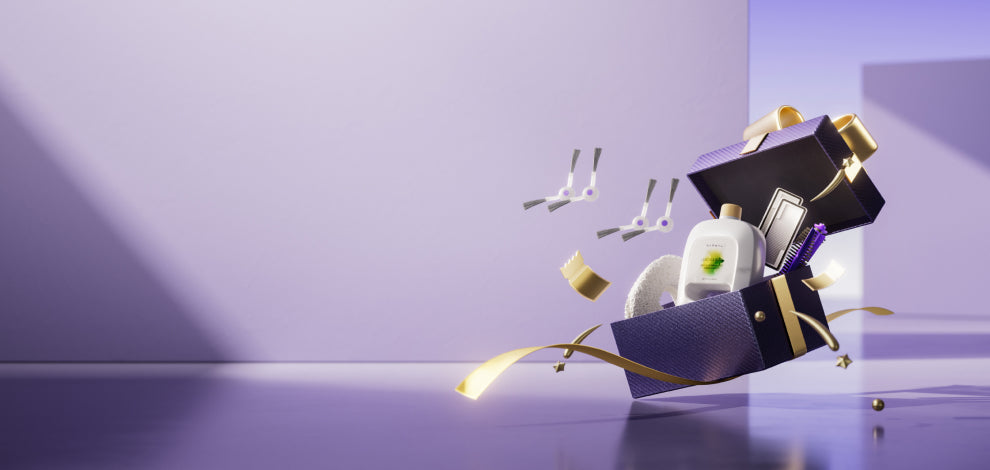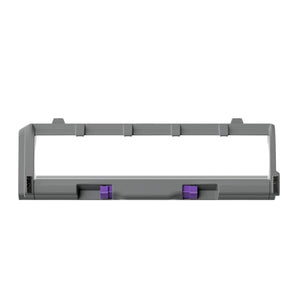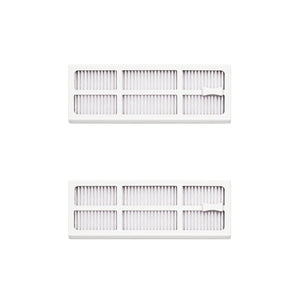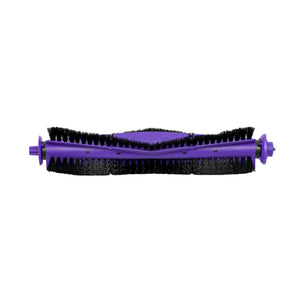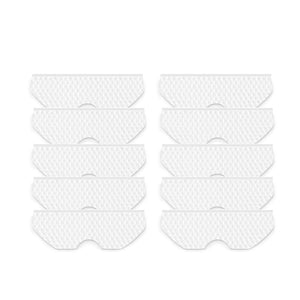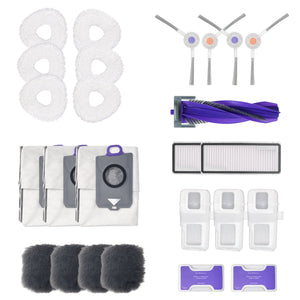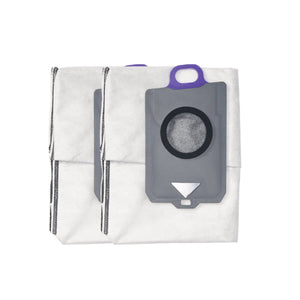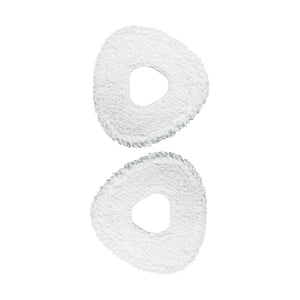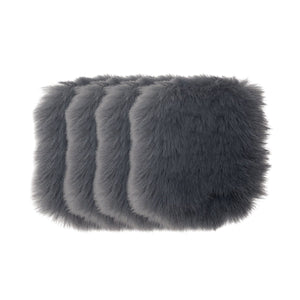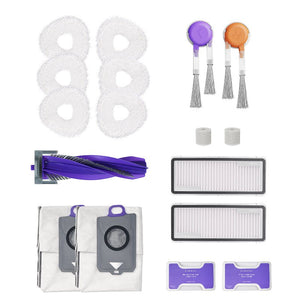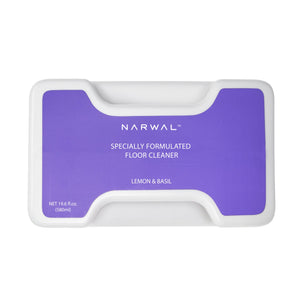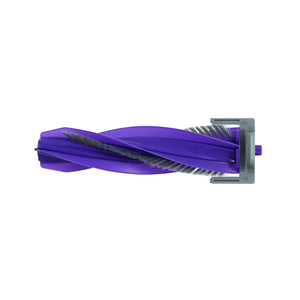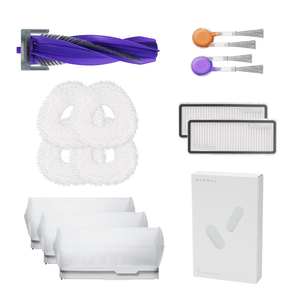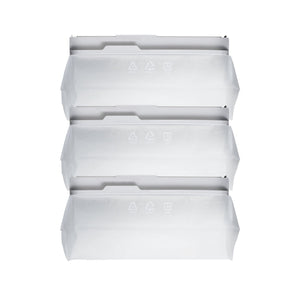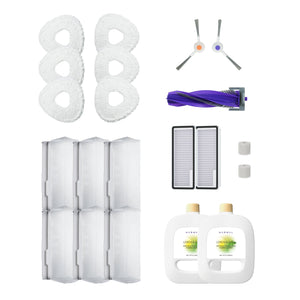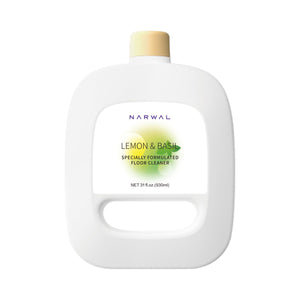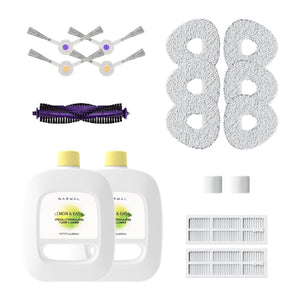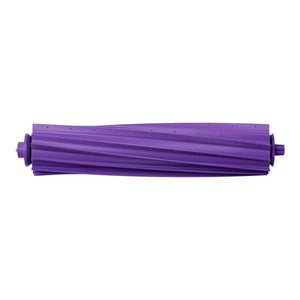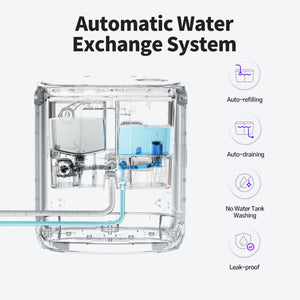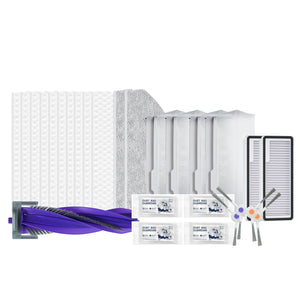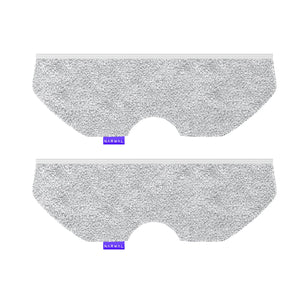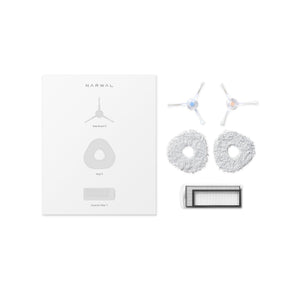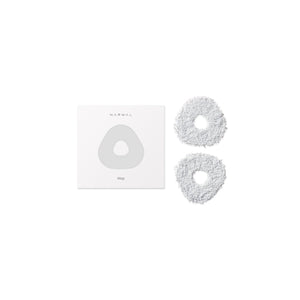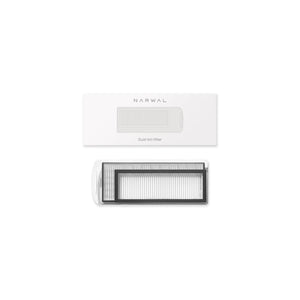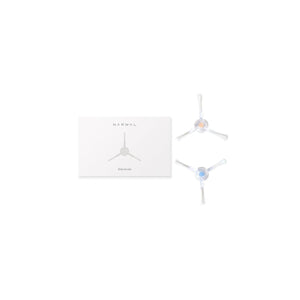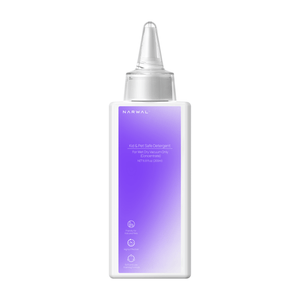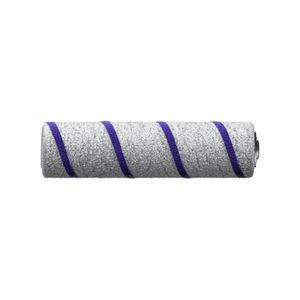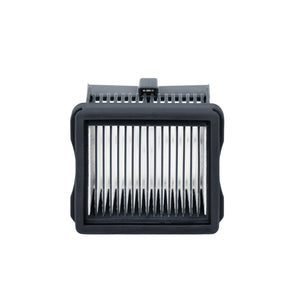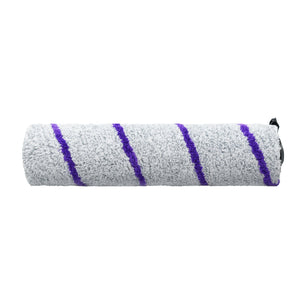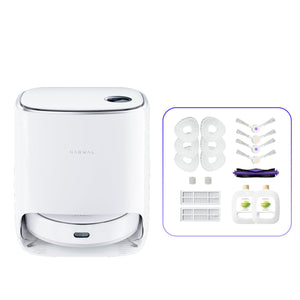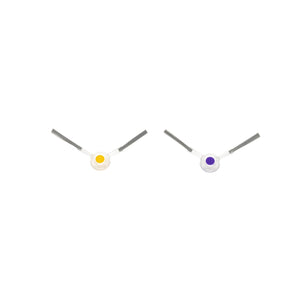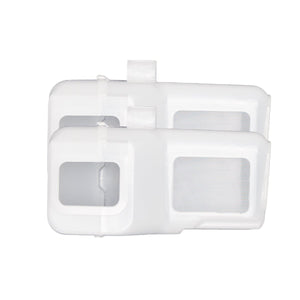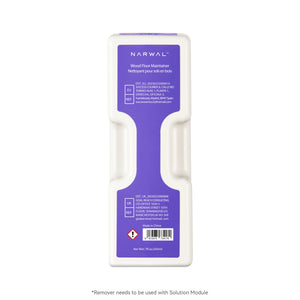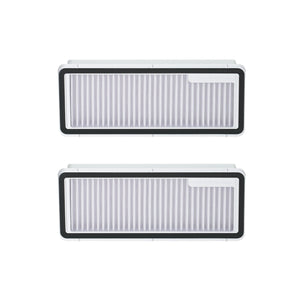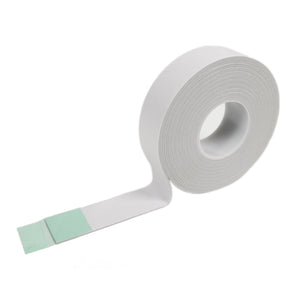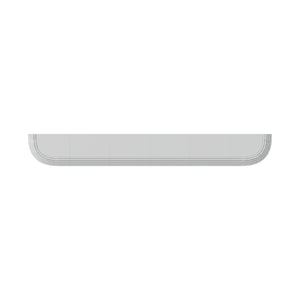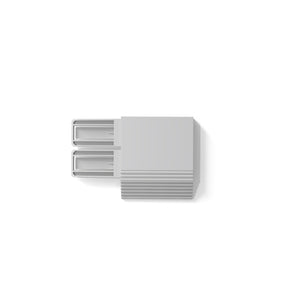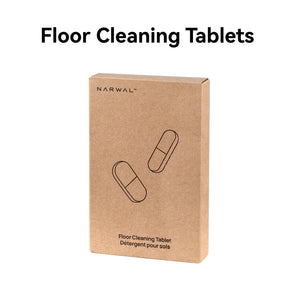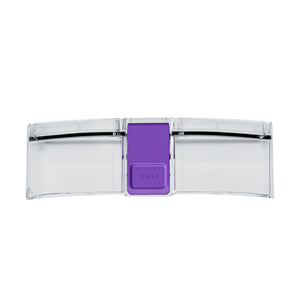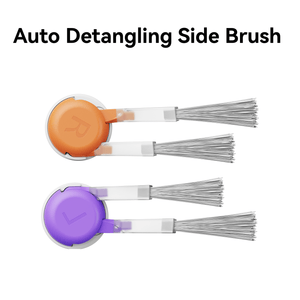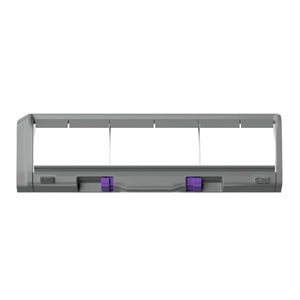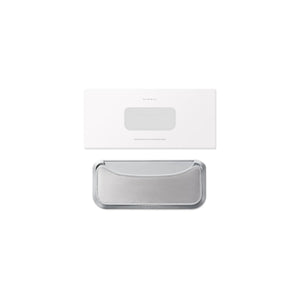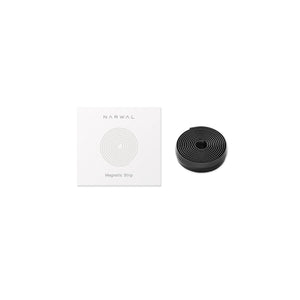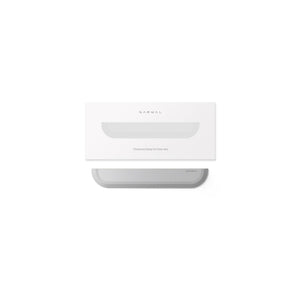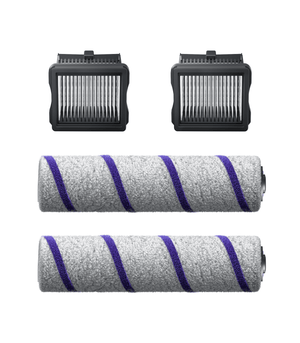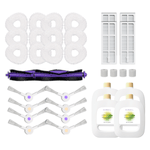In-depth Introduction to Floor Cleaning Principles
The ultimate pursuit of robotic vacuum cleaners has always been the quest for supreme cleaning power. In recent years, the robotic vacuum industry has undergone significant transformations. In the past, our robots only had small, flat mop cloths that could handle basic daily maintenance, but they were not very effective in tackling stains. However, today, more and more innovative ideas and cutting-edge technology are being applied to cleaning, providing us with an effortless and highly efficient cleaning experience. Narwal has always been committed to finding the ultimate cleaning solution. In 2025, our answer will be the Narwal Flow, featuring the revolutionary FlowWash Mopping System: the Real-Time Self-Cleaning Rolling Track Mop, which is set to change the entire industry’s cleaning standards.

The evolution of robot mops has been a core topic in recent years. In the earliest Gen1 models, we used flat mops, much like the traditional mops we use at home. The robot simply dragged a damp cloth across the floor, offering minimal cleaning force, and lacked the ability to clean itself. As a result, cleaning stains was only marginally better than doing nothing. Moreover, after cleaning, most mops still needed to be hand-washed, requiring additional time and effort.
In 2019, Narwal invented the world’s first self-mop-washing robot vacuum — the Narwal T10, and with it, the second-generation mop became mainstream. This model featured dual spinning mops. Paired with a self-cleaning base station, it took maintenance-free to a whole new level. More importantly, the cleaning performance was significantly improved. The dual spinning mops replicated human scrubbing motions, allowing for much better stain removal. However, some minor drawbacks remained: the mop cloths would easily get dirty after cleaning large areas, and once the mops were dirty, their effectiveness in cleaning would decrease, often spreading messes. Additionally, the time it took for the robot to return to the base station and clean the mop slowed down the overall cleaning process. This prompted Narwal to continue exploring more integrated cleaning solutions.

At CES 2025, we finally brought this technology into the spotlight. We chose the Rolling Track Mop to handle stubborn stains. This is known as the Narwal FlowWash Mopping System. Narwal uses a larger, thicker self-cleaning track mop that tackles tough, heavy stains with continuous fresh warm water.
The core of the technology is that Narwal Flow has two built-in water tanks. While cleaning the floor with a high-speed rotating track mop, it simultaneously cleans the mop in real-time. Here’s how it works:
Step 1: 16 nozzles spray warm water evenly, rinsing the mop and breaking down stains.
Step 2: The scraper forcefully wipes residue off the mop, maintaining continuous freshness.
Step 3: Wastewater is extracted and stirred to prevent buildup and odors.
Traditional robot vacuums used flat mops or dual spinning mops, which often struggled with stubborn stains and tended to spread dirt around. The Narwal Flow, however, uses 113℉ warm water to wash its thick track mop in real-time, effectively lifting away tough dirt. It truly cleans in one continuous flow.

Additionally, during the development process, the Rotating Track Mop was chosen after extensive testing as the best solution. It is a far more comprehensive and superior choice compared to the Roller Mop. While the Roller Mop also has a self-cleaning feature, it still has some developmental limitations. The key advantage of Narwal’s technology lies in the fact that it builds upon Narwal's excellent mopping technology. The Track Mop is thicker, has a greater dirt-holding capacity, and offers significantly more surface contact. The track mop has a contact area of 266mm x 45mm, whereas the Roller Mop only has a contact area of 200mm x 3mm. This means that for the same stain on the floor, Narwal's solution spends 0.15 seconds on it with the mop, while the Roller Mop only spends 0.01 seconds due to its smaller contact area. As a result, during laboratory tests on stubborn stains, the cleaning effect of the self-cleaning rotating track mop far outperformed the Roller Mop. The Track Mop also has the advantage of better cleaning efficiency. Therefore, the excellent cleaning performance of Narwal stems from continuous lab testing and innovative research. We first unveiled the product at CES, and after six months of beta testing and product stability optimization, we are now proud to introduce the Narwal Flow. Pre-sales start on August 7, so come and grab yours!















